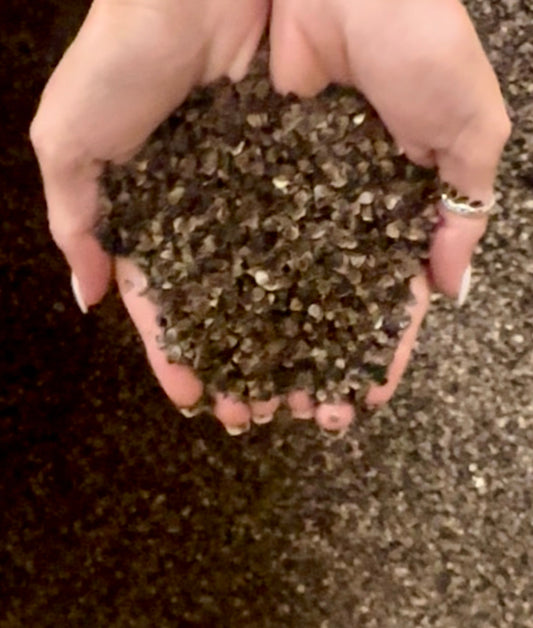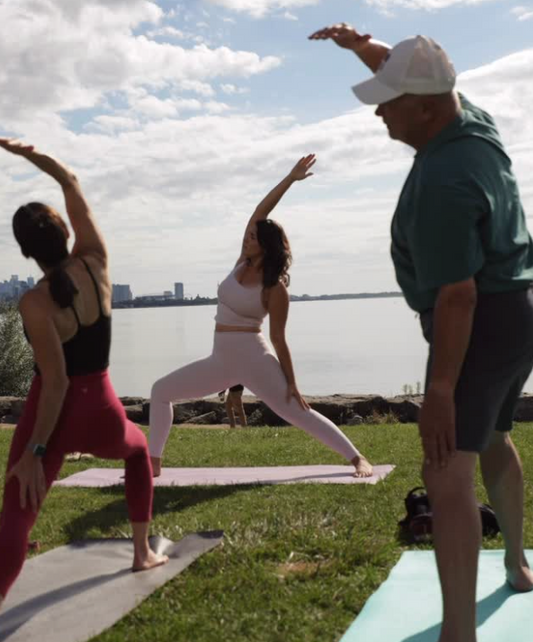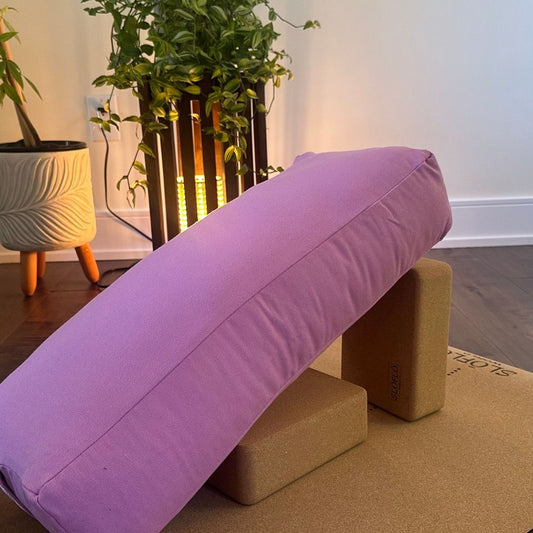
-
Because we tend to ‘dump’ our weight on our lower back, this posture helps relieve tension in this area.
-
With knees pressed together, it is a great way to massage your internal organs, thus boosting your digestion process.
-
With your forehead pressed against your mat, this pose instantly calms and soothes the brain.
-
By spreading your knee further apart and resting your belly in-between, you’ll allow a nice stretch and opening through the hips, therefore releasing tension in this area.

-
This posture not only stretches and strengthens the shoulders, but also the chest, arms, upper back, and neck.
-
It also releases the tension stored in the upper back and the shoulder blades.
-
The mild twist provided to the spine will also help reduce tension stored in this area.

-
Alleviates headaches by promoting blood flow towards the brain
-
Boosts energy thanks to the inflow of blood promoting deep rest
-
Soothes menstrual cramps (Although, some yoga traditions advise AGAINST doing inversions during menstruation !)
-
Relieves lower-back pain due to the entire body being relaxed into the mat

-
This posture stretches and relieves the entire spine and back muscles.
-
It also massages the muscles of the back and hips.
-
The twisting effect of this pose helps to hydrate and detoxify the spinal disks.
-
Breathing deeply in this posture allows you to lengthen and realign the spine.
-
In the front, this posture massages the abdominal organs and strengthens the abdominal muscles.

-
Much like Child Pose, the supine version helps release tension in the lower back, shoulders, and neck.
-
Slowly rocking from side to side massages our lower back.
-
It also allows to lengthen and stretch the entire spine.
-
On the front side, it softly stretches the hips, knees, thighs, and ankles.
-
Bringing your knees closer to your chest, you’ll gently massage your internal organs (which allows you to boost your digestive system).
-
Because it’s a passive stretching posture, it helps calm the central nervous system.




